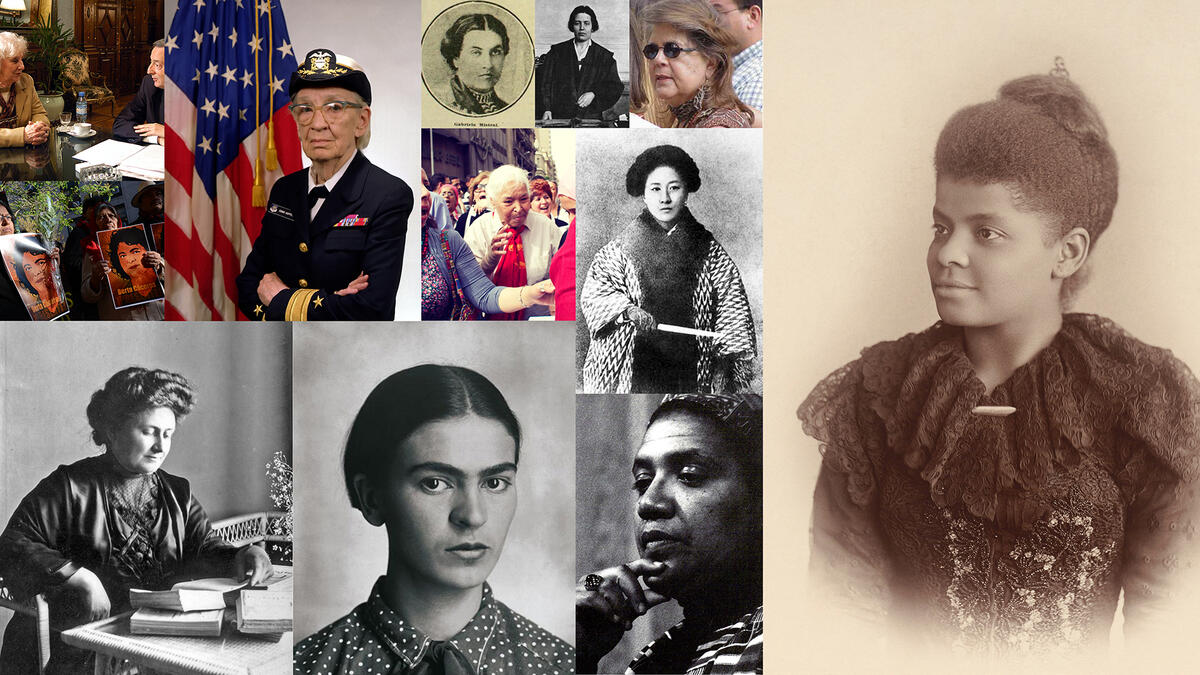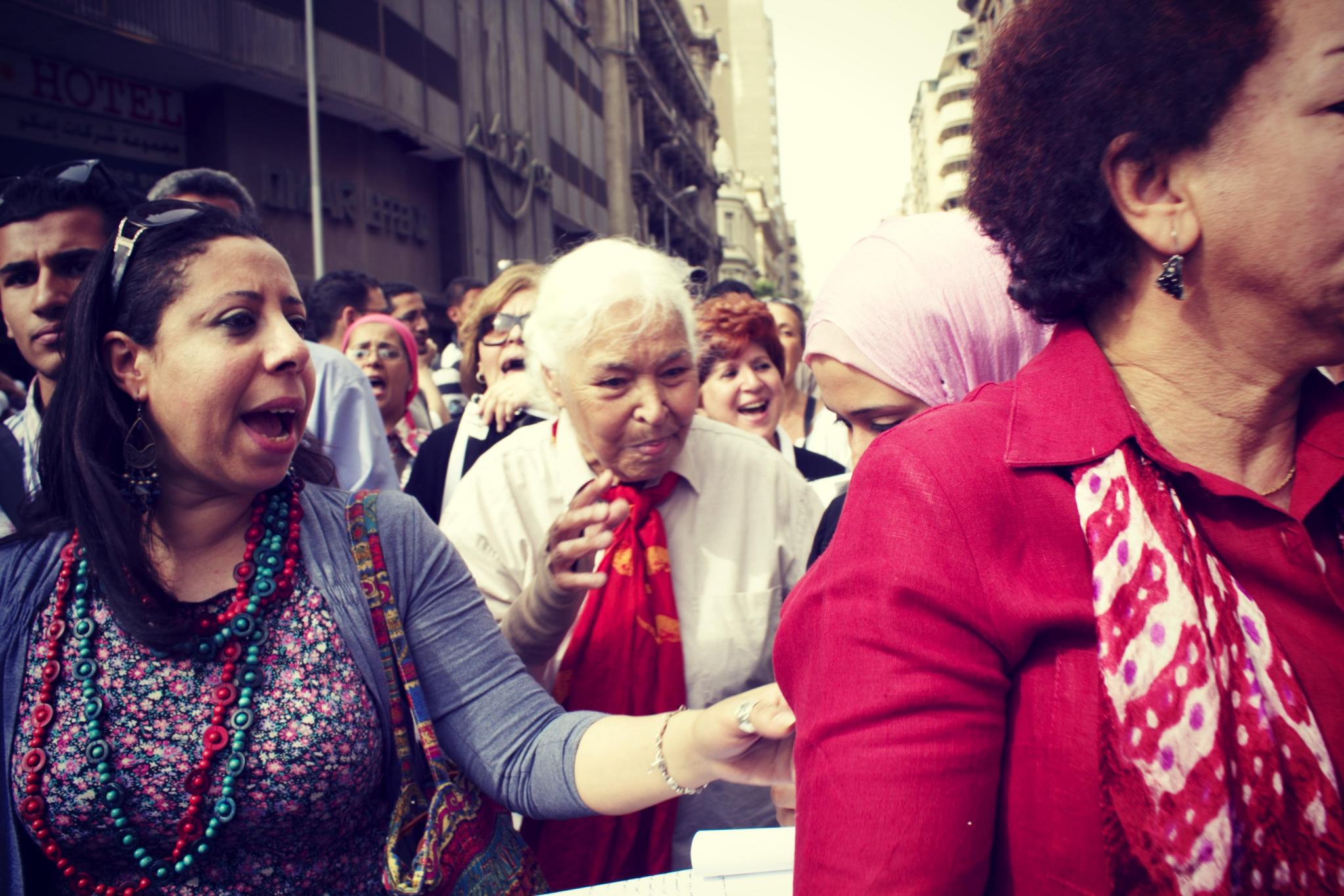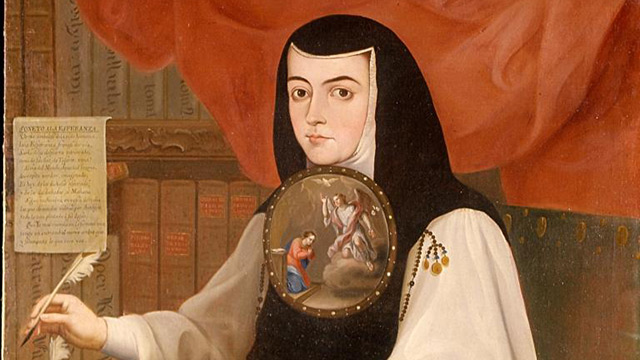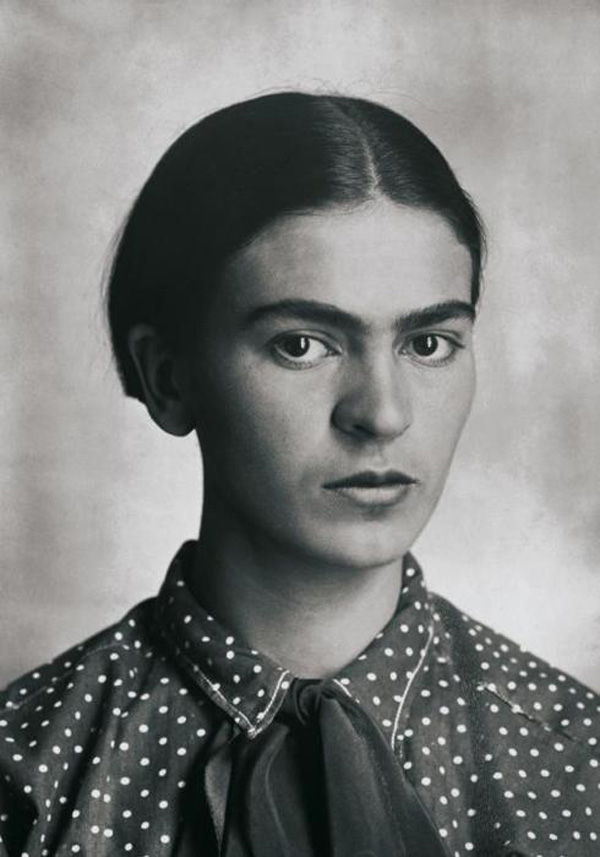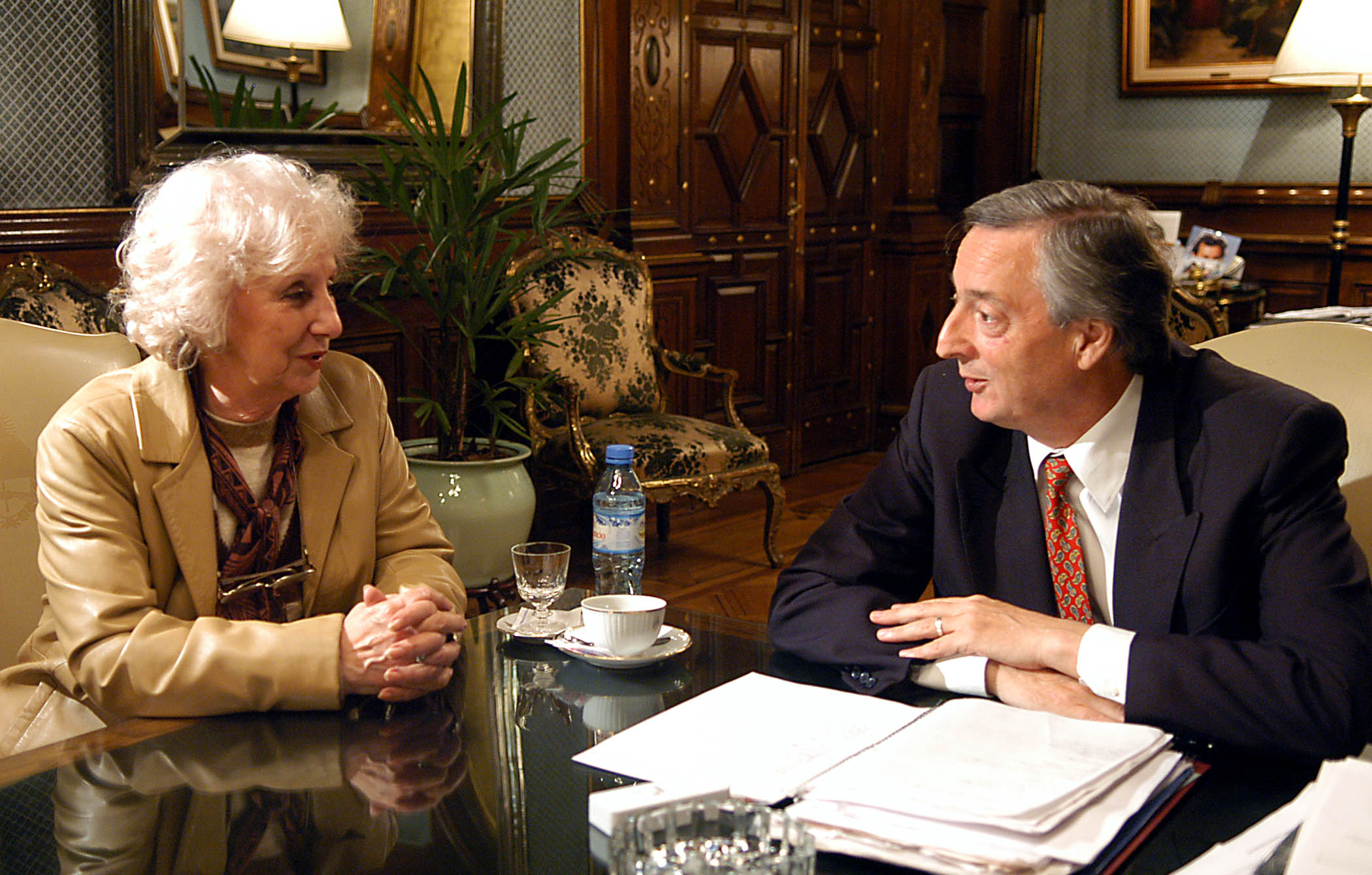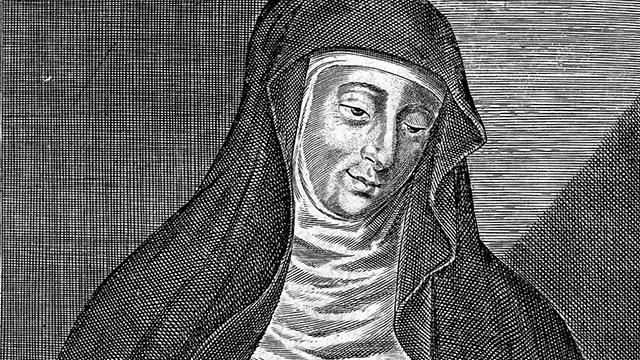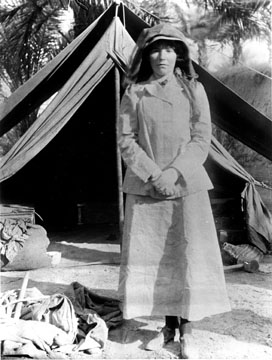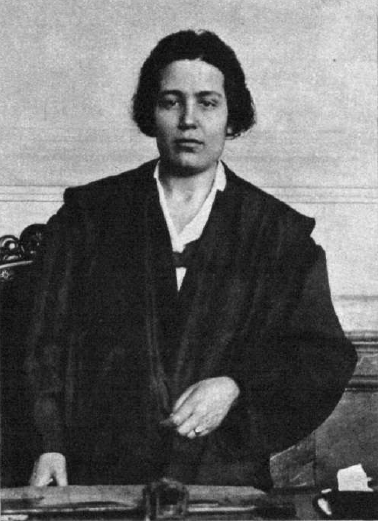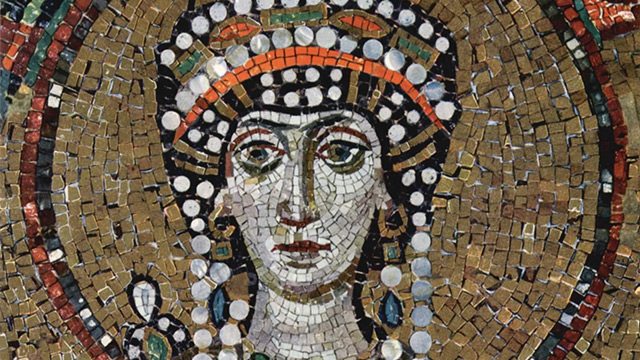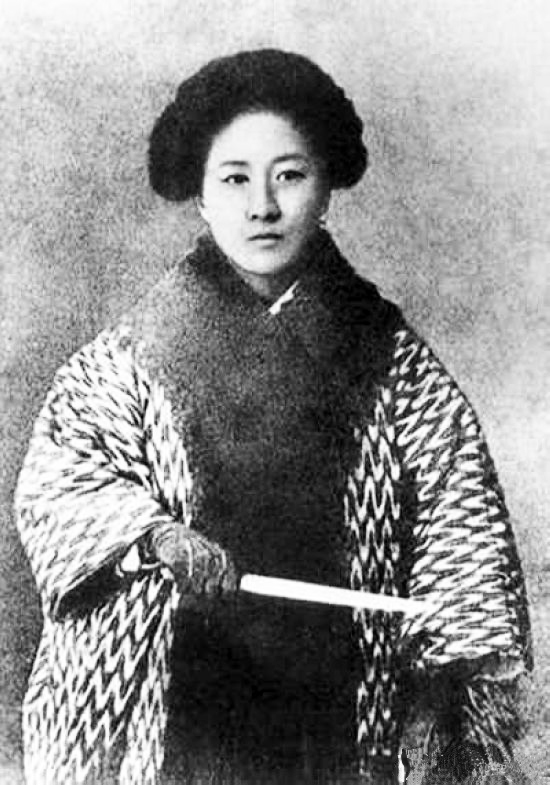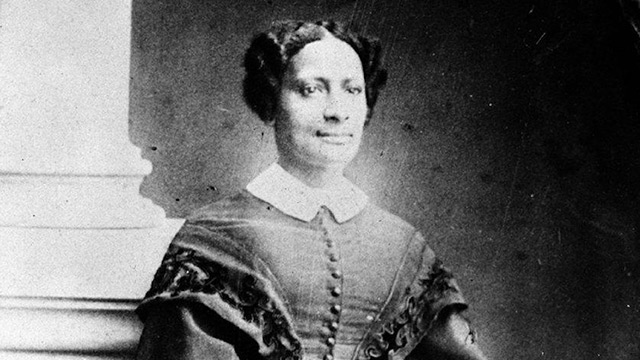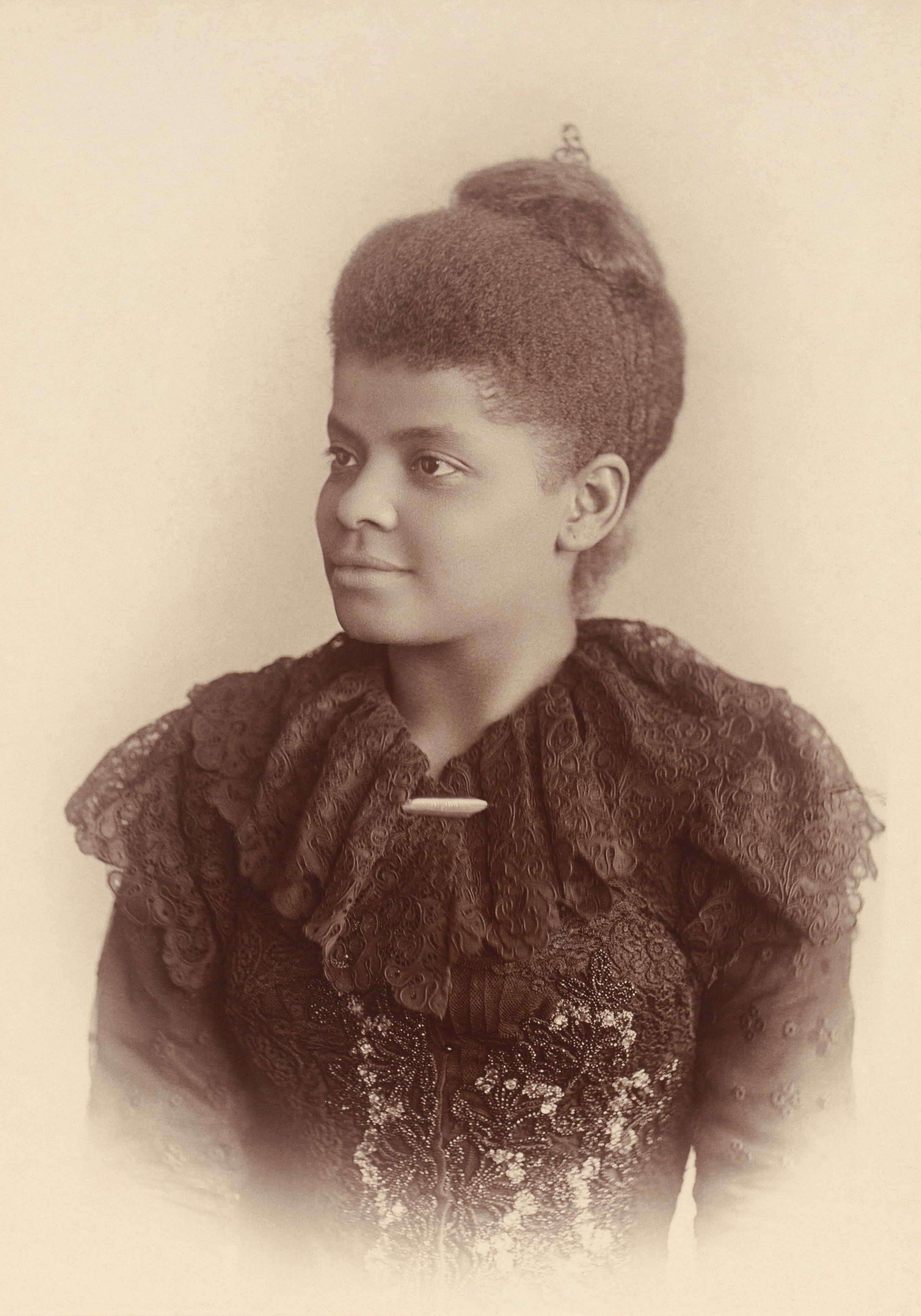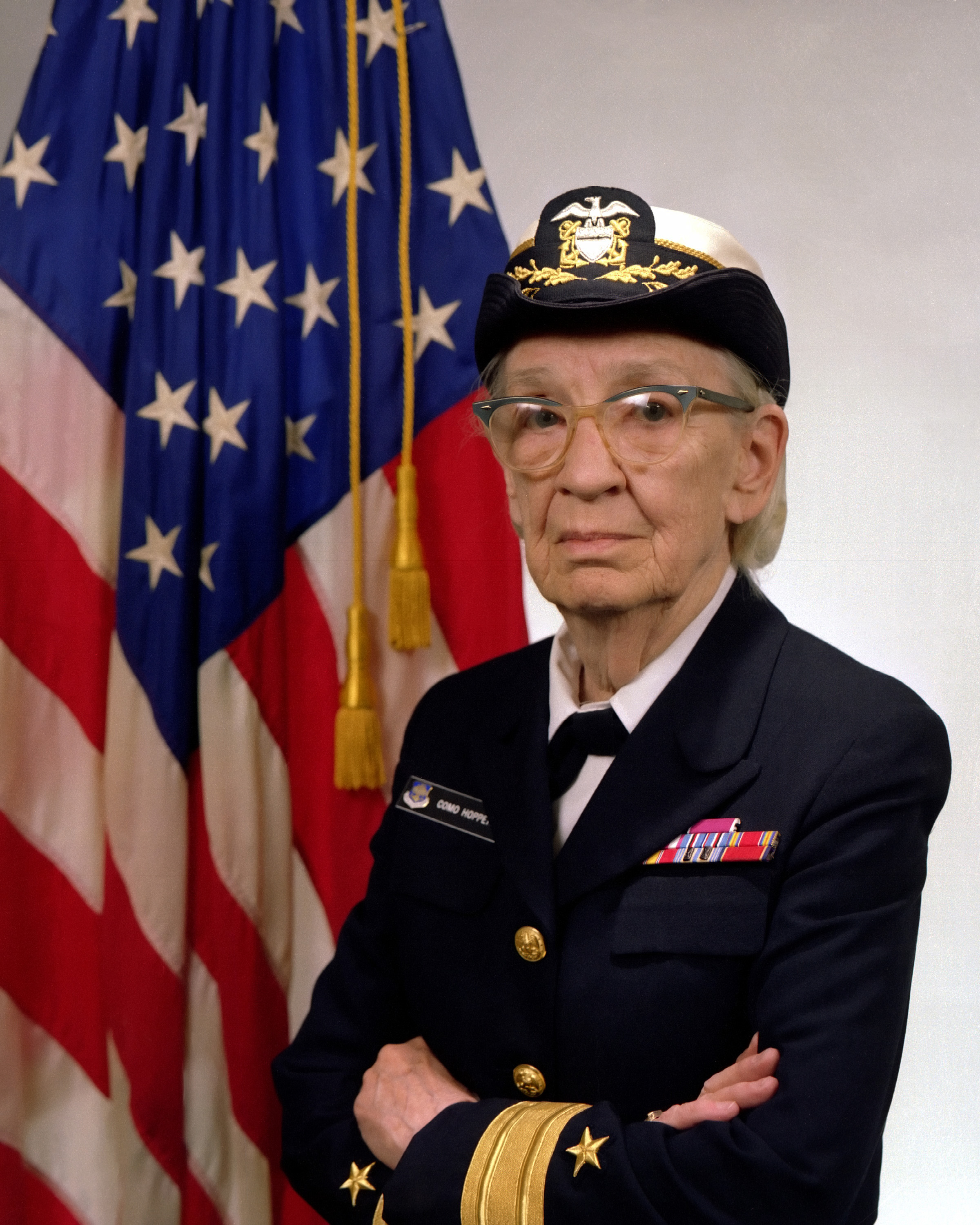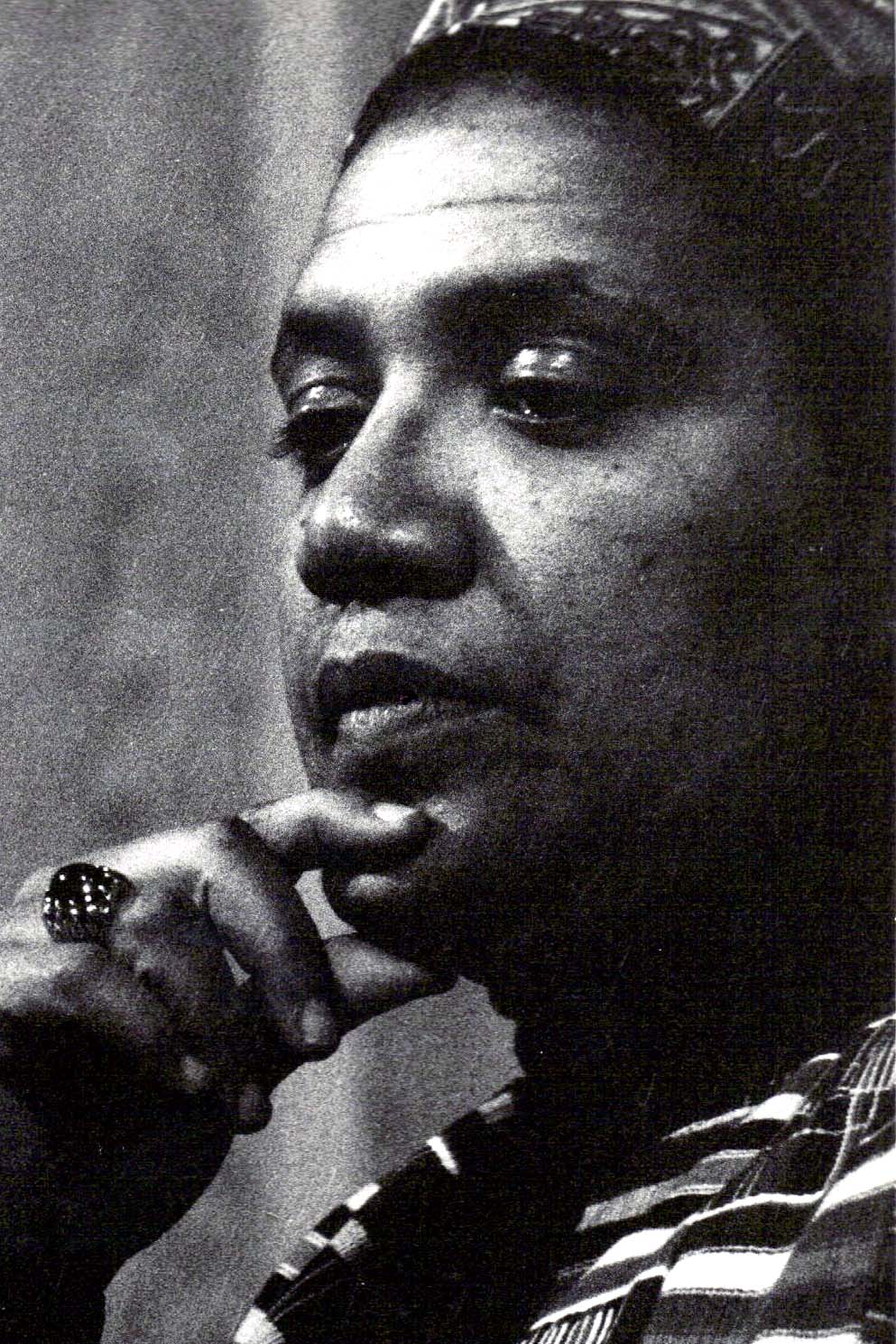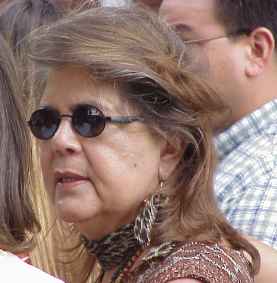For International Women’s Day on March 8, a range of female professors at ASU shared names of women they consider to be influential and inspiring.
The historical figures come from all over the world. They’re writers, researchers, activists and monarchs.
Some are well-known, such as Marie Curie or Frida Kahlo, but most are less famous, though no less important.
Read on to learn about the women who ASU professors — from fields that include engineering, English, history and math — say shaped the world. The subjects have been arranged by region and era. The list is by no means complete, but it provides an opportunity to learn just how wide-ranging the impact has been.
Africa - South America and Central America - Europe - Asia - United States
Women of Africa
Fatima Al-Fihri
late 800
This Muslim woman helped to create a center of learning more than a thousand years ago that still functions to this day (pictured above).
“Al-Fihri founded the world’s oldest degree-granting university, Al Qarawiyyin University in Morocco. Having come into wealth through the death of her family, Al-Fihri focused her efforts on her community.”
— Jacqueline WernimontShe is also affiliated faculty with the School of Social Transformation and the Lincoln Center for Applied Ethics. , assistant professor in the Department of English, College of Liberal Arts and Sciences
Lizzy Abrahams
1925-2008
Abrahams, born in the Western Cape of South Africa, dropped out of school at age 11 to help her family. She became involved in labor politics and took on issues of apartheid at a time when activists were routinely jailed, harassed and murdered.
“Despite the risk, she courageously helped organize strikes and protests, both overtly and covertly, and she helped to organize the United Democratic Front in 1983. With the election of a Democratic Parliament in 1994, she was elected to serve on the labour committee, where she remained until 2000."
— Denise Bates, assistant professor of leadership and interdisciplinary studies in the College of Integrative Sciences and Arts
Nawal El Saadawi
1931-present
El Saadawi has written more than 50 titles in Arabic, graduated as a medical doctor and has advocated to end the cultural practice of female genital mutilation.
“A controversial Egyptian feminist, doctor and novelist who continues to fight the oppression of women and the poor. Her novel, 'Woman at Point Zero' (1973) broke with many traditions, revealing the realities of women’s lives, made even more difficult by state oppression.”
— Pamela Stewart, senior lecturer of languages and cultures in the College of Integrative Sciences and Arts
Louisa Hanoune
1954-present
The current leader of Algeria’s Workers’ Party and known as a political activist and feminist, Hanoune was the first female candidate for president in the Arab world in 2004.
“Louisa Hanoune is an inspiring female political leader and role model for North Africa and beyond. As a feminist and left-wing politician, her ideological platform is not in line with Islamists; yet, when the Algerian government shut down the democratic process after an Islamist party won local elections, she supported the rights of the Islamist leaders to engage in the democratic process.”
— , clinical associate professor in the School for the Future of Innovation in Society
Chimamanda Ngozi Adichie
1977-present
This Nigerian author is an award-winning novelist whose writing on feminism and identity, along with a 2013 sampling on Beyonce’s single "Flawless," have led to international recognition of her work.
“Through the representations of strong and empowered female characters in her novels who deal with everyday contemporary struggles, Adichie beckons to postfeminist women in language and themes familiar to the young generation. Her message, often subtle, is loud: The goal of true gender equality has not yet been achieved.”
— Patience Akpan, associate professor of science, technology and society in the College of Integrative Sciences and Arts
South and Central American Women
Sor Juana Ines de la Cruz
1651-1695
Born in San Miguel Nepantla, Mexico, she is renowned for her intelligence and scholarship and immortalized in the painting above by Andrés de Islas.
"Through her writing she critiqued colonization and the notion that men were believed to be superior to women. She is considered to be an early example of feminism and is a popular archetype within Chicana literature. I am drawn especially to her religious poetry and writings as an example of her ability to practice her faith while critiquing the institution."
— Vanessa Fonseca, assistant professor of interdisciplinary humanities and communication in the College of Integrative Sciences and Arts
Gabriela Mistral, born Lucila Godoy Alcayaga
1889-1957
The first Latin American to win the Nobel Prize for Literature, the Chilean Mistral was a lyrical poet.
"She was born into deep poverty and overcame extraordinary odds to become one of the most influential Spanish-speaking women of her time. A gifted poet, literary and educational celebrity, she rose form the bottom to the top of three different professions: education, journalism and diplomacy."
— Elizabeth HoranShe is also a professor in the Partnership for Community Development and the Lincoln Center for Applied Ethics., professor in the Department of English
Frida Kahlo
1907-1954
The famous Mexican painter was at the center of intellectual and cultural life in both Mexico and the U.S.
"Her work serves as a model for drawing upon the personal (for example: infertility, injury and depression) to express collective experiences that women grapple with. Her boldness, resilience and energy continue to inspire generations of feminists and artists today."
— Breanne Fahs, associate professor in the School of Humanities, Arts and Cultural Studies in the New College of Interdisciplinary Arts and Sciences
Berta Cáceres
1972-2016
An indigenous environmental rights activist from Honduras, Cáceres was awarded the prestigious Goldman Environmental Prize and was fatally shot in her home in 2016.
"She organized indigenous communities against the Agua Zarca dam near the Gualcarque river, which is considered sacred for those communities. She was the mother of four and did not give in after multiple threats to her livelihood and that of her family."
— Valeria FernándezShe also leads the Cronkite Noticias/Mixed Voces newsroom, in an interim role, which reports on news in Spanish for the region's Latino communities., associate faculty at the Walter Cronkite School of Journalism and Mass Communication
Estela Barnes de Carlotto
1930-present
This Argentine grandmother stood up to the military government as it abducted and killed dissidents, by organizing the Abuelas de Plaza de Mayo (Grandmothers of Plaza de Mayo). The group advocated the return of remains of family members abducted and killed by Argentina's dictatorship and worked to reconnect the children of dissidents who were abducted and adopted to allies of the regime.
"Since the organization was founded, they found 114 children. Among them was de Carlotto's grandson Guido, who was born after her daughter was abducted. Her daughter Laura was murdered, and her remains were returned to de Carlotto in 1978, a year after she was killed."
— Valeria Fernández, associate faculty at the Cronkite School and leader of Cronkite Noticias/Mixed Voces
Women of Europe
Hildegard of Bingen
12th century
The German Benedictine abbess (pictured on the wood engraving above) was a noted writer, composer and church reformer and founder of monasteries.
"Besides writing theological works based on her own visionary experiences, such as Scivias (Know the Ways), she wrote an extensive group of liturgical songs and works of medicinal and natural history including Physica. As a measure of her influence, she made preaching tours and corresponded with popes, emperors and clergy."
— Lori Eshleman, instructor of interdisciplinary humanities and communication in the College of Integrative Sciences and Arts
Margaret Cavendish
1623-1673
Considered the first female science fiction writer as well as a natural philosopher, the English Duchess of Newcastle worked on vitalist theories, which examined the difference between organic and inorganic compounds, that are related to today's quantum philosophers and physicists.
"She was also a playwright and poet and her book 'The Blazing World' is one of the first science fiction novels in the Western canon. Her vision for the peaceful powers of poetic worlds is an important part of how I understand the power of fiction today."
— Jacqueline Wernimont, assistant professor in the Department of English
Rosalind Franklin
1920-1958
This British chemist and chrystallographer is most famous for not receiving a Nobel Prize. Franklin's work with Watson and Crick was critical to the development of the double-helix model of DNA.
"Unfortunately she died too early, of breast cancer, and the Nobel is only given to living scientists. Her work with X-ray crystallography was brilliant, and her work clearly gave Watson and Crick the idea of a double helix. She excelled in her work and succeeded in her career, but was clearly held back by being a woman."
— Jane MaienscheinShe is also University Professor of history of science, President's Professor and Parent Association Professor, as well as director of the Center for Biology and Society, related faculty in the School for the Future of Innovation in Society and the Lincoln Center for Applied Ethics., Regents' Professor in the School of Life Sciences
Gertrude Bell
1868-1926
Bell helped shaped British foreign policy following her work mapping large areas of the Arabian Peninsula in the late 19th and early 20th centuries.
"Wild exploration is one of the hardest things for women to break into, and she did it. There are so very, very few women explorers! It's much easier to break the mold and work on things society doesn't support while you are alone in your drawing room or shed, but to lead expeditions staffed with men into areas controlled by other cultures ... that takes a very special brand of determination and leadership."
— Lindy Elkins-TantonShe is principal investigator for a mission to explore Psyche, an asteroid composed primarily of nickel and iron, ASU's first deep-space NASA mission. , director of the School of Earth and Space Exploration
Maria Montessori
1870-1952
Italian physician and educator Montessori's methods are in use in Montessori schools across the world. Although Montessori was able to attend the University of Rome, she was originally unwanted at the institution. The university gave her students they considered unable to learn in any capacity.
"She studied them and decided that if these children were given child-size tools they could learn to work them. Being wealthy she was able to have miniature plates, forks, spoons, brooms, water pitchers, trays, etc. made for use by the children. First she taught them simple living skills, then taught them to read and write. She created a pedagogy that is used worldwide today and identified by her name, Montessori."
— Heide McIlwraith, lecturer of science and mathematics in the College of Integrative Sciences and Arts
Maria Sklodowska Curie
1867-1934
Better known as Marie Curie, this Polish physicist was the first woman to receive a Nobel Prize in any field.
"Her first prize was in physics in 1903, shared with her husband Pierre Curie, and her second was in chemistry in 1911. She is still the only person to receive the Nobel Prize in more than one science. Because of her many achievements, on par with or superior to those of any man of her time, she made it acceptable to be both a woman and a scientist."
— Valana Wells, associate professor in the School for Engineering for Matter, Transport and Energy in the Ira A. Fulton Schools of Engineering
Victoria Kent
1898-1987
This first female lawyer in Spain, in 1928, was also one of the first three women to be elected to serve in Parliament when Spain became a republic in 1932.
"When the Spanish Civil War broke out, she worked to create asylums in France for children orphaned by the war and to move refugees to safety in Mexico and elsewhere. She survived WWII, hiding in Paris, working with the Resistance and lived more than 40 years in exile in New York until Spain returned to a democratic government."
— Elizabeth Horan, professor in the Department of English
Women of Asia
Empress Theodora
6th century
The Byzantine empress born to a bear-keeper of Constantinople's hippodrome worked as a performer and advocated for women after her position was raised with the ascension of her husband, Justinian, to emperor.
"She supported the Monophysites against her husband, Justinian, in their struggle with orthodox Christianity and was instrumental in passing laws that expanded women's rights including property rights, guardianship of children and prohibition of forced prostitution."
— Lori Eshleman, instructor in the College of Integrative Sciences and Arts
Unnamed female physicians
18th century
These female physicians worked in the 18th century treating women of the Harem of Topkapi Palace in Istanbul while the term "physician" was reserved for men. These early female practitioners cared for women and received salaries.
"Drawing on a female health team that included a patient's 'mistress' and assistant, the warden of patients and the female physician, or hekime kadin. Harem women depended on these female health providers to handle their general well-being as well as reproductive medicine."
— Jacqueline Wernimont, assistant professor in the Department of English
Clemencia Lopez
1873-1963
In the Treaty of Paris of 1898, Spain ceded the Philippines to the United States, effectively thwarting the Philippine Revolution. Lopez was involved with the Anti-Imperialists who were critical of the U.S. policies in the Philippines, Guam, Cuba and Puerto Rico.
"She resisted American imperialism in her homeland ... also arguing for the release of her brothers after their arrest and imprisonment due to their resistance to the American presence. She headed to the U.S. to argue for their release, becoming the first Filipina to visit the White House, meeting Theodore Roosevelt in 1902."
— Pamela Stewart, senior lecturer in the College of Integrative Sciences and Arts
Qiu Jin
1875-1907
Jin, an activist and publisher, spoke out for women's rights and worked toward the abolishment of the practice of foot binding.
"She is perhaps the most well-known advocate for women in China during her short life, pursuing an education and starting a women's magazine. Her life experience, including her father noting about daughters, 'What rotten luck; another useless thing,' led her to ask, 'Why is there no justice for women?' She was beheaded in 1907 due to her involvement in revolutionary circles hoping to overthrow the Qing Dynasty."
— Pamela Stewart, senior lecturer in the College of Integrative Sciences and Arts
Women of the United States
Sarah Redmond Parker
1815-1895
The 19th-century African-American abolitionist and physician (pictured above) lectured throughout England about the inhumanity of slavery but found medicine as her calling.
Denied entry into medical schools in both the United States and England, "she emigrated to Italy where she studied Italian and graduated from the Santa Maria Nuova Hospital in Florence. She was a practicing physician in Italy for 20 years, never returning to the U.S. Redmond followed her bliss and refused to have her potential as a scientist diminished just because she was a woman."
— Angelita Reyes, professor of African and African-American studies in the School of Social Transformation and in the Department of English
Ida B. Wells
1862-1931
Wells, born in Mississippi, was a journalist, publisher, activist and one of the founding members of the NAACP. Seventy-one years before Rosa Parks refused to give up her seat, Wells sued the Memphis and Charleston Railroad train after she was forcibly removed from a first-class train car.
"While too few know her story, her investigative journalism crusaded for justice throughout her life, developing and employing tactics that would be the foundation of many civil rights movements as she resisted Jim Crow laws and fought for federal anti-lynching legislation. Her autobiography, 'Crusade for Justice,' and anti-lynching pamphlets demonstrate her unrelenting arguments."
— Pamela Stewart, senior lecturer in the College of Integrative Sciences and Arts
Grace Hopper
1906-1992
The U.S. Navy rear admiral was also a trailblazer who fought to be admitted to the Navy as she was below the weight limit to enlist.
"She is widely credited with creating the first compiler, which essentially means that without her, we would still have to write our code in assembly language, which is not fun. It is because of her that we have high-level languages enabling all sorts of software applications, and compilers were considered an early form of AI, so she did AI way before it was cool."
— Nadya BlissShe is also a professor of practice in the School of Computing, Informatics and Decision Systems Engineering in the Ira A. Fulton Schools of Engineering and is related faculty in the School for the Future of Innovation and Society., director of the Global Security Initiative
Maya Angelou
1928-2014
The poet and civil rights activist has been influential in contemporary women's history.
"When many students read Dr. Angelou's poetry or her classic autobiography, 'I Know Why the Caged Bird Sings,' they are so drawn to her wisdom for living and her belief in the oneness of the human family. Even my male students become engaged with her profound autobiography and obstacles she had to overcome in her youth."
— Angelita Reyes, professor in the School of Social Transformation
Audre Lorde
1934-1992
The African-American poet and social justice activist was well known for her poetry.
"She wrote very specifically in the context of black rights, women's rights and LGBT rights movements of the 1960s, and she wrote for and about as well as to artists from whom all else but the word has been taken. It was a very important statement at the time, but today we realize it has become timeless, crossing the decades and oft-invoked. Each generation encounters it, renews and revises its relevance."
— Cynthia Hogue, professor in the Department of English
Valerie Solanas
1936-1988
Solanas became famous for shooting and nearly killing pop artists Andy Warhol and was the author of "SCUM Manifesto," a (maybe) satirical manifesto calling for the elimination of all men.
"A symbol of women's rage in the late 1960s, Solana's life and work asks us to consider: In what ways are women driven mad by a patriarchal society? What role does satire and linguistic reversal have in exposing and challenging sexist and misogynistic thinking? How can we better legitimize women's anger? Her work is one of the most fascinating examples of an outsider, pro-violence text written by an unlikely champion for women's legitimate 'complaints.'"
— Breanna Fahs, associate professor in the New College of Interdisciplinary Arts and Sciences
Wilma Mankiller
1945-2010
The first female chief of the Cherokee Nation of Oklahoma.
"She ushered in many positive changes having to do with community development and helped to grow the tribal rolls exponentially by elevating that tribe's visibility and welcoming many Cherokee people back into the community's fold. She really inspired a whole generation of Native women across the country to step into leadership roles within their own tribal communities, which has had a positive impact."
— Denise Bates, assistant professor in the College of Integrative Sciences and Arts
Graciela Gil Olivarez
1928-1987
The Arizona-born Olivarez was the first woman to earn her law degree from Notre Dame in 1970, served in President Jimmy Carter's administration as director of community services and was the first female DJ at a Spanish-language radio station where she also served as a radio engineer and announcer.
"I chose her because it's important to shed light on the history of Chicana radio and media producers as innovators of communication technologies. Women like Olivarez learned the importance of advocating for marginalized communities."
— Monica De La Torre, assitant professor in the School of Transborder Studies
Portrait credit in order of appearance by: Anderson Sady, Gigi Ibrahim, Andrés de la Islas, Guillermo Kahlo, Comisión Interamericana de Derechos Humanos, Presidencia de la Nación Argentina, engraving of Hildegard von Bingen, Gertude Bell Archive, The New Students' Reference Work, Mundo Gráfico, The Yorck Project, unknown photographer of the Qing Dynasty, unknown photographer, Google Cultural Institute, U.S. Navy, K. Kendall and Phil Konstantin.
More Law, journalism and politics
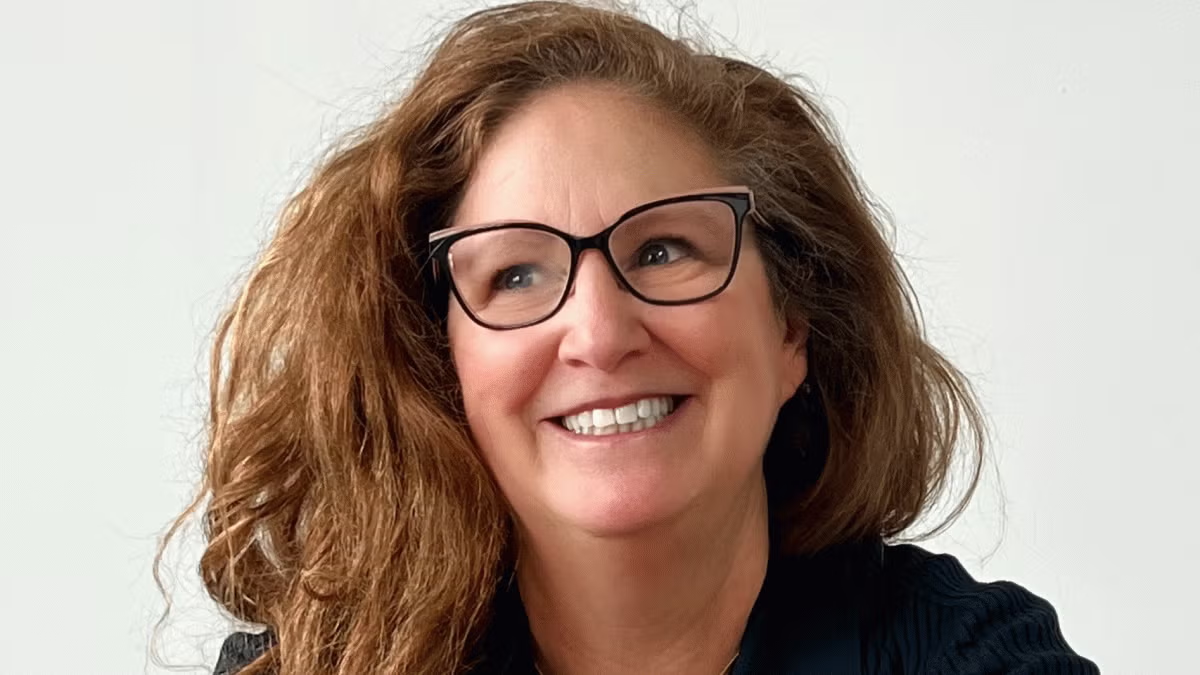
Annual John P. Frank Memorial Lecture enters its 26th year
Dahlia Lithwick, an MSNBC analyst and senior legal correspondent at Slate, is the featured speaker at the School of Social Transformation’s 26th annual John P. Frank Memorial Lecture on…

The politics behind picking a romantic partner
A new study reveals the role that politics play when picking out a romantic partner — particularly for older adults.“Findings show that politics are highly salient in partner selection across gender…

Tips to make tax season less taxing
When it comes to highly unpleasant experiences, filing taxes is probably up there with root canals — which is why people put off doing them. But tax season is here, and in an effort to alleviate…


